Lunar Maria: Volcanic Basins on the Moon
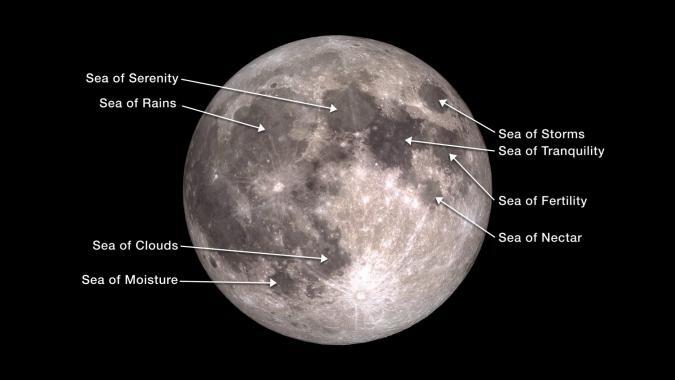
What are the dark spots on the moon?
One of the main things you notice on the moon is that it has bright and dark areas across the surface.
Everybody’s familiar with the man on the moon, right?
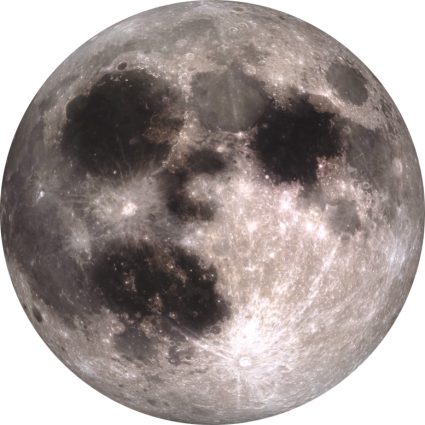
The dark areas are known as “mare” (or maria) which is the Latin word for “seas”. They’re called maria because early scientists believed they could see oceans on the moon. But the dark stretches on the surface of the moon were not oceans at all.
What the “maria” actually turned out to be were volcanic basins. They were created in the aftermath of ancient impacts billions of years ago. After the impacts, the craters filled with lava. Eventually, the lava cooled. These flat flood basalts formed smooth lunar maria.
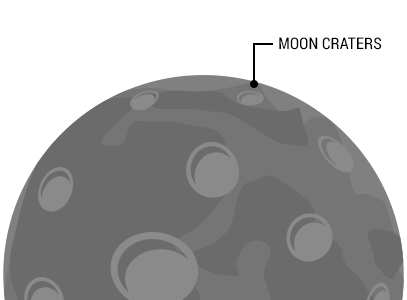
The Sea of Tranquility Maria
One of the most famous maria is the Sea of Tranquility.
This was the landing site chosen by Apollo-11 in part because it was fairly smooth and level.
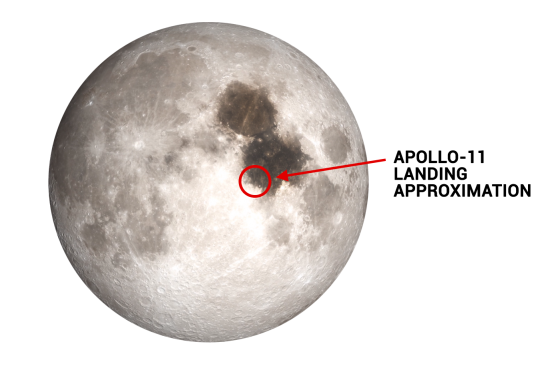
Apollo-11 is world renowned because it gave mankind its first-ever walk on the moon.
Not only as a landing site, but also made an easy trek for Neil Armstrong.
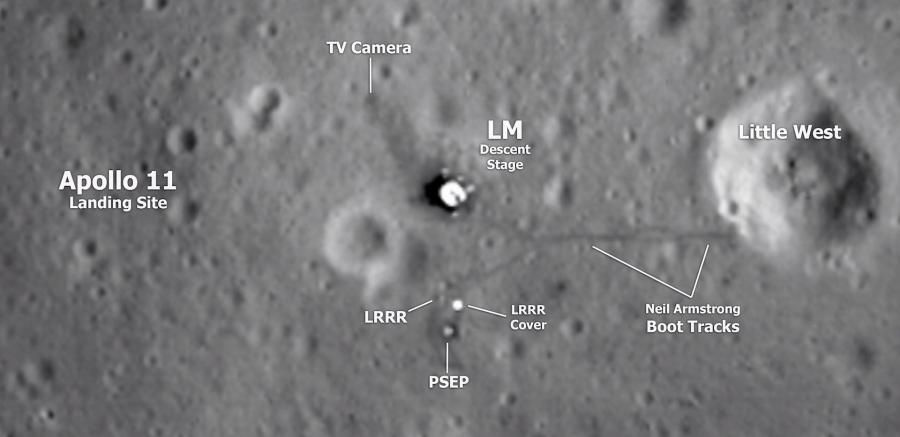
What Is a Lunar Maria?
Lunar maria are large, dark, basaltic plains on the moon’s surface, primarily formed by ancient volcanic eruptions.
Volcanic basins (Lunar Maria) are found on the Moon. This is because ancient volcanic eruptions were the driving force behind them on the moon.
Please use the comment form below to get in touch with us if you have any questions about Lunar Maria.

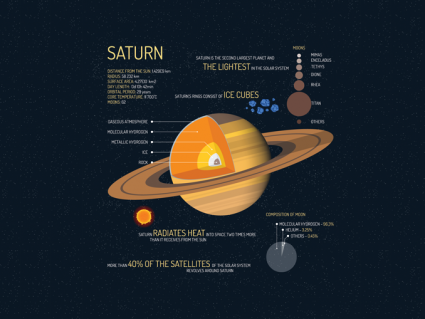
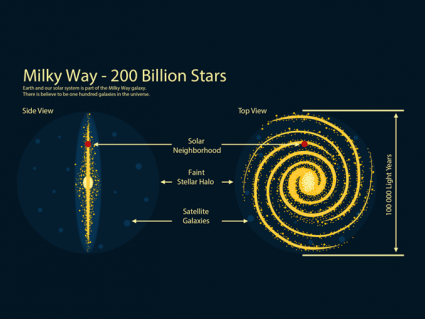
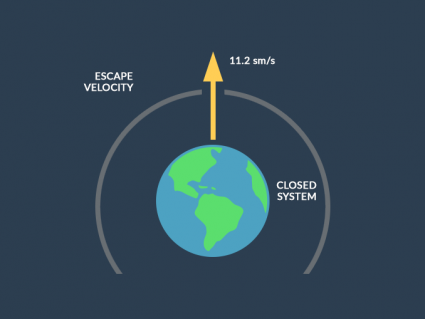
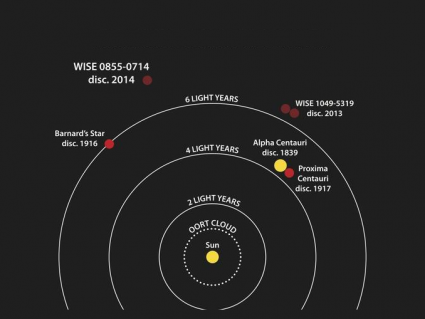
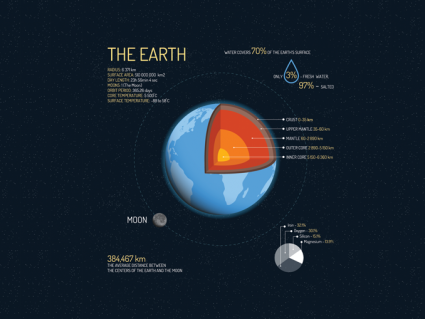
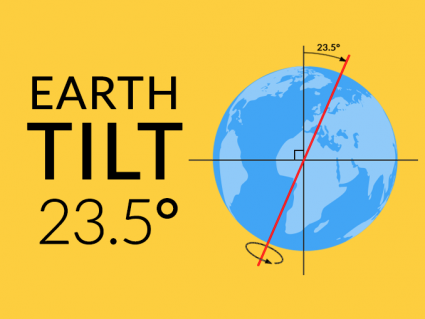
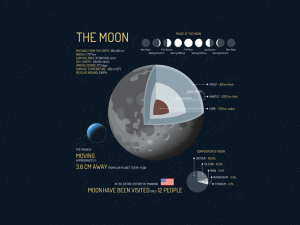
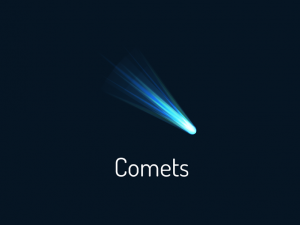
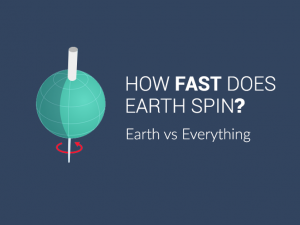
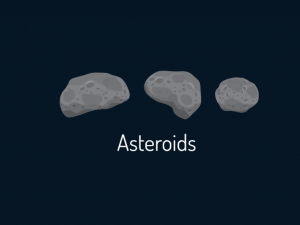
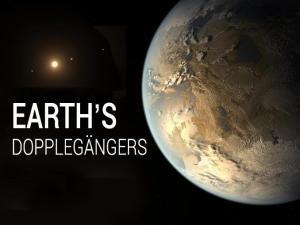
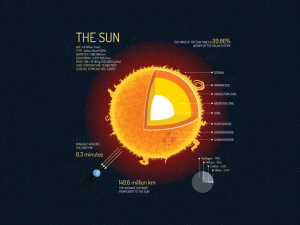
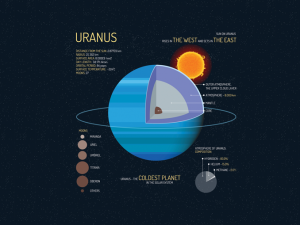
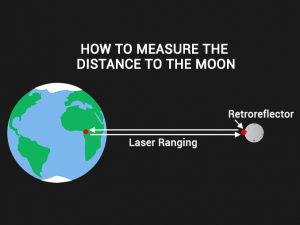
this article was very interesting but maybe more examples Moon and Its Craters:
The Moon has captivated humanity for centuries, not only because of its beauty in the night sky but also due to its intriguing surface features, particularly its craters. These craters tell the story of the Moon’s tumultuous history and the processes that shaped it.
Most craters on the Moon were formed by impacts from asteroids and comets. When these celestial bodies collide with the Moon’s surface, they create a crater through a process known as impact cratering. The energy from the impact causes the surface material to vaporize and eject debris, forming a cavity.
One of the most striking aspects of lunar craters is their size and diversity. Some craters, like Tycho, are relatively young and have distinct, radiating ejecta patterns. Others, such as the ancient Imbrium Basin, show a more complex history with overlapping craters indicating multiple impacts over billions of years.
### Notable Craters
1. **Tycho**: One of the youngest and most well-preserved craters on the Moon, Tycho is about 85 kilometers in diameter and is known for its prominent ray system, which extends across the lunar surface. It is thought to be around 108 million years old.
2. **Clavius**: This is one of the largest craters visible from Earth, measuring approximately 225 kilometers across. Clavius is notable for its multiple smaller craters within it, showcasing the layered history of lunar impacts.
3. **Copernicus**: Another relatively young crater, Copernicus is about 93 kilometers wide and features a prominent peak in its center. It’s believed to be about 800 million years old and is a popular target for amateur astronomers.
### Scientific Importance
Studying lunar craters gives scientists valuable insights into the history of the Moon and the solar system. Unlike Earth, the Moon lacks an atmosphere and geological processes like erosion, which means that its surface has remained largely unchanged for billions of years. This preservation provides a clear record of impacts and helps researchers understand the frequency and scale of such events throughout history.
Moreover, craters can serve as landing sites for future lunar missions. Understanding the composition of these craters can help scientists identify resources like water ice, which is critical for sustained human activities on the Moon.
The Moon’s craters are much more than just pockmarks on its surface; they are historical records of cosmic events and clues to the processes that have shaped not only the Moon but also other bodies in the solar system. As we continue to explore our nearest celestial neighbor, these craters remain a focal point for research and discovery, reminding us of the dynamic universe in which we exist.
Sincerely, person
“Lunar maria are large, dark, basaltic plains on the moon’s surface, primarily formed by ancient volcanic eruptions.”
what proof do you have to suggest that the melt that fills the maria is the product of volcanism?
* an operational dynamo is the criteria for determining if a planet is alive or not. its the generator that powers up the sphere and keeps it rotating. the dynamo is located in the liquid outer core.
* * You can have a dynamo without a volcano but you cannot have a volcano in the absence of a healthy dynamo that is producing a global magnetic field.
if the maria was the product of natural geological processes (volcanism) then the mag field will have left behind conclusive undisputable evidence to prove it. specifically, the iron inside of the hot melt aligns itself to the magnetic poles like the needle on a compass. when the melt solidifies the iron records the newly formed rocks orientation relative to the prevailing mag field. that didn’t happen on the moon. none of the basalt in the maria was aligned by a functioning mag field when it turned to stone which means that the dynamo was not operational when the maria solidified. no dynamo – no volcanos.
Summary; The melt that fills the maria is no more volcanic than it is “water” and that assumption has set planetary science back 50 years.
so if volcanos didn’t create the maria then what did? is something that you need to think long and hard about.